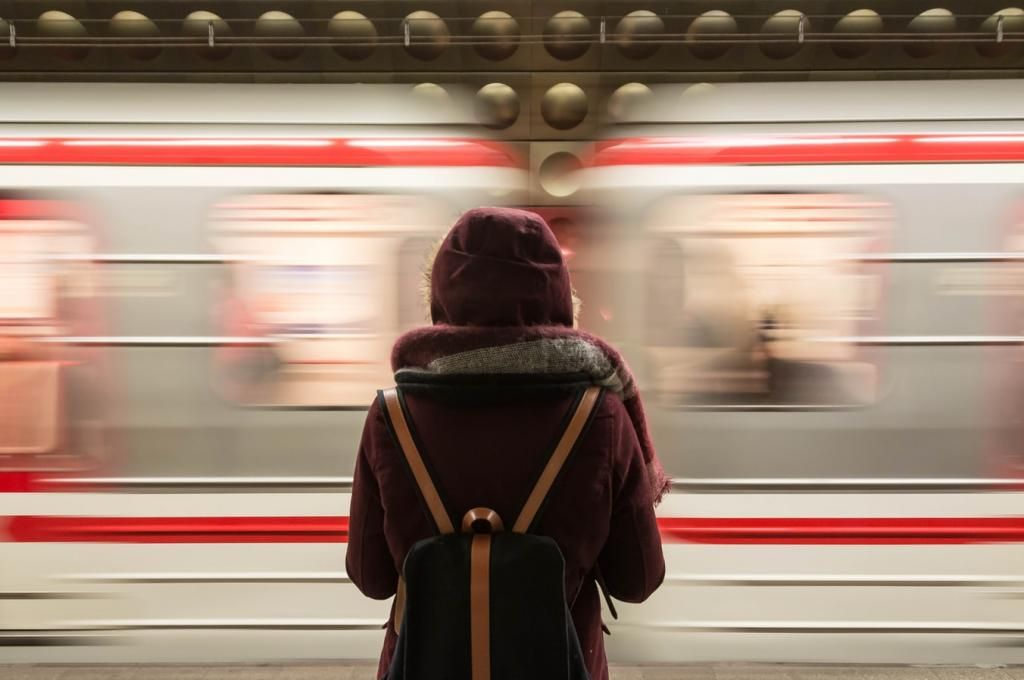
History of the Paris Metro
Categories : Paris, published on : 2/5/20
With 205 kilometres of lines, 303 stations and more than 1.5 billion passengers a year, the Paris Metro is certainly a large-scale enterprise! But before arriving at our current 14 lines, there was a lot of planning, excavation and construction to be done!
Birth of the Paris Metro, 1900
The inauguration of Metro line 1 took place in 1900. That line linked the Porte Maillot to the Porte de Vincennes, where the Olympic Games were held that year. Construction began in 1898, the line was completed on June 15th and opened to the public on July 19th. The architect and prominent Art Nouveau designer Hector Guimard was entrusted with the task of creating the Metro station entrances. A few of this first generation still exist today, notably Châtelet, Réaumur-Sébastopol, Wagram, Abbesses and Porte Dauphine.
An impressive feat
The scale of the work undertaken remains impressive even by today’s standards. Let's look at what happened prior to the opening of our Metro (London, Budapest and New York already had underground urban railway systems and the upcoming Universal Exhibition of 1900 strengthened Parisian resolve…). In short, there were holes everywhere. Abysses yawned in the Parisian boulevards. The Rue de Rivoli was ripped open. Domed wooden and iron structures rose from the ground. Tens of thousands of tonnes of rubble was removed. Metal boxes resembling boat hulls were built in the bellies of the avenues. Others were erected across the Seine, mounted on imposing wooden stilts. It was a colossal feat of engineering!
A fast and efficient means of transport
Thousands of workers toiling day and night, engineers running here and there, worried officials, enthusiastic writers. And the Parisians took it all to their hearts. Today, the Metro allows Parisians and visitors alike to cross the city very quickly and easily! Book your break at the Hôtel des Mines and benefit from our ideal location.
******
Hotel des Mines, a warm hotel in the heart of the 5th arrondissement






